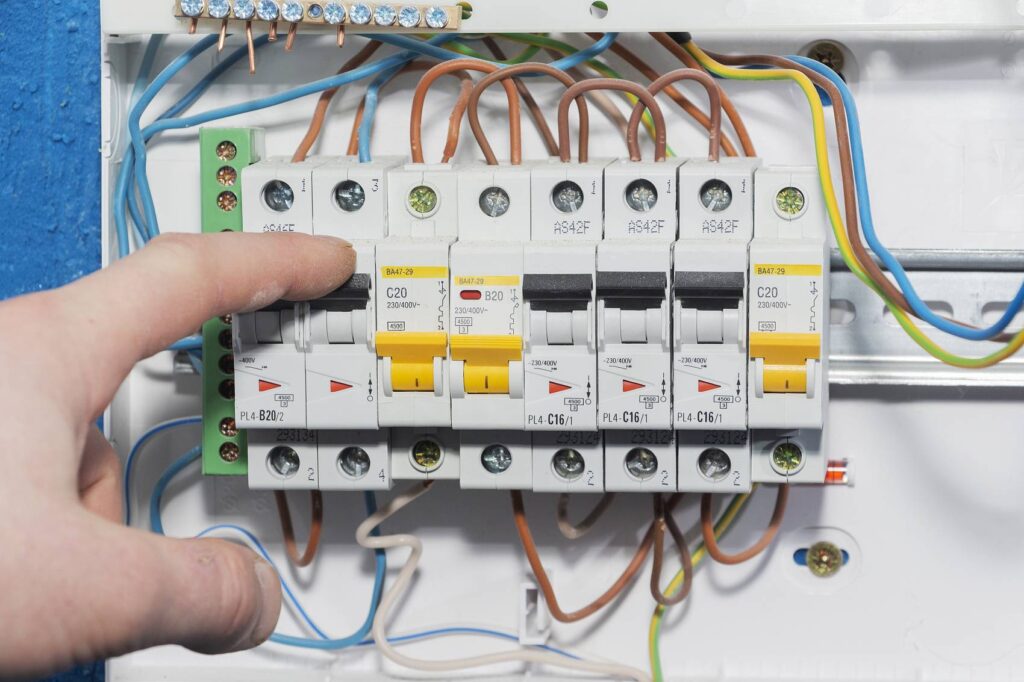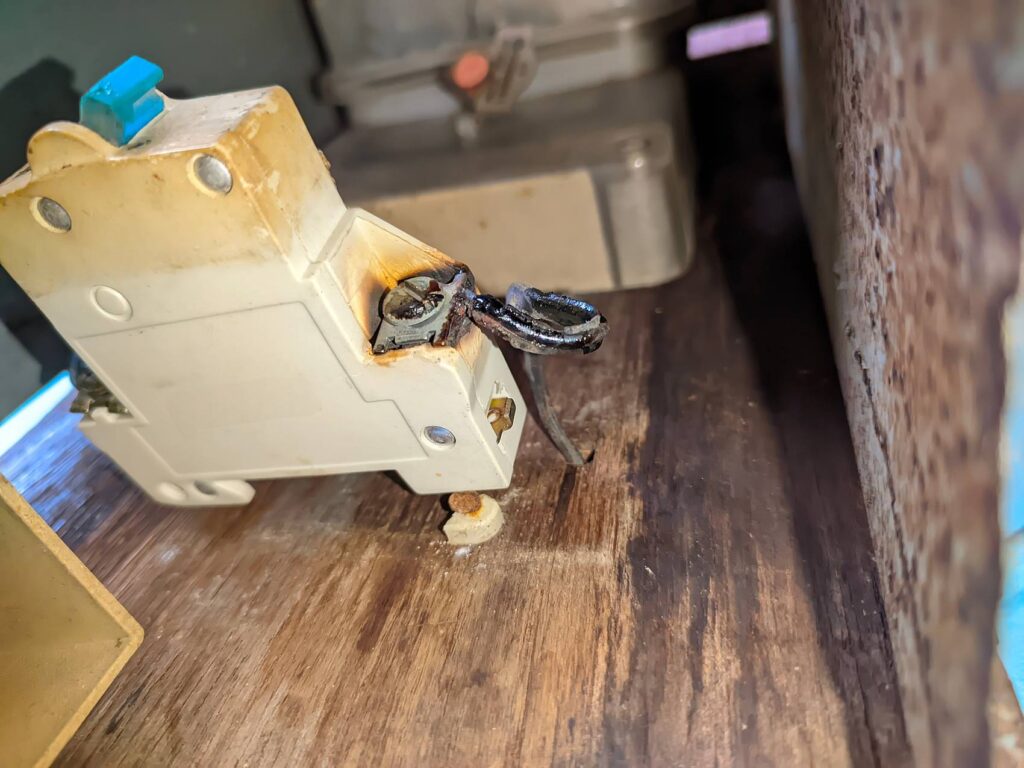In the case of household or factory electricity usage, circuit breaker tripping or failure is usually a problem.
Many consumers may wonder, ‘Can the circuit breaker issue be fixed after one day?’ The answer is not absolute, it must be comprehensively judged based on the type of fault, situation, and potential risks involved.
Subsequent analysis will be conducted based on safety, fault types, and emergency measures to enable you to make scientific judgments.
Which circuit breaker issues must be repaired immediately?
As malfunctions with observable safety threats
Short circuit or leakage: If the circuit breaker fails to reset itself when it trips, or trips automatically after resetting, it may indicate a short circuit or high leakage in the circuit. Operating at this time could lead to an electrical shock hazard or fire risk
Unusual heat or odor of burning: If the circuit breaker case is warm, the wiring terminals are burned, or there is an odor of melted plastic, then it indicates the internal components have been damaged. Power should be turned off and a professional electrician must be called.
What situations can be handled in one day
Overload tripping: For example, simultaneous operation of multiple high-power devices (electric water heater, air conditioning) can cause the circuit breaker to overload. If part of the devices can be normally restored after being switched off, they can be temporarily observed for use
Non critical branch tripping: If another lighting circuit trips and it does not affect daily life, the faulty circuit can be isolated and other circuits can be temporarily used for repairing the following day.
Intermittent tripping: If the cause of the fault is not obvious (e.g., intermittent tripping without pattern) and there are no immediate signs of danger, the load and tripping time conditions can be recorded and expert personnel can be consulted
Risk types and repair table for circuit breaker faults
| Risk Type | Possible Consequences | Recommended Actions |
|---|---|---|
| Electrical Fire | Poor circuit connections causing hightemperatures, igniting nearby materials (couldresult in line damage or wiring errors) | Immediately disconnect power andrepair, avoid delays when no one ispresent at night. |
| Equipment Damage | Unstable voltage or poor conductivity, precisioninstruments may be damaged, high-voltagecircuit breakers may fail, affecting systemstability | For industrial settings, enablebackup circuits; for home settings,disconnect faulty equipment. |
| Personal Safety Risk | Electric shock risk from leakage, especially nearwater sources (kitchen, bathroom) | Install leakage protectors (periodictesting of leakage circuit breakersrequired). |
| Economic LOSS | Factory power outage causing productioninterruption, business operations halted causingrevenue loss | Equip UPS or backup generators,prioritize repairing key circuits. |
When is it necessary to contact professionals?
Faulty high voltage circuit breaker: complex arc quenching mechanism and insulation medium, requiring specialized tools for diagnosis
Repetitive tripping and unknown cause: can conceal root issues such as line aging and ground faults
Legal and insurance reasons: Circuit maintenance on commercial buildings or leased properties must be up to safety standards, otherwise, it will affect insurance claims.
Summarize
Whether the repair of the circuit breaker fault can be postponed by one day depends on the severity of the fault and the requirements of the situation.
If there is a fire, electric shock, or important equipment shutdown, immediate action should be taken
For rare and low-level faults, maintenance can be delayed by one day
By properly assessing risks and resources, you can ensure safety without having to pay unnecessary maintenance fees.




